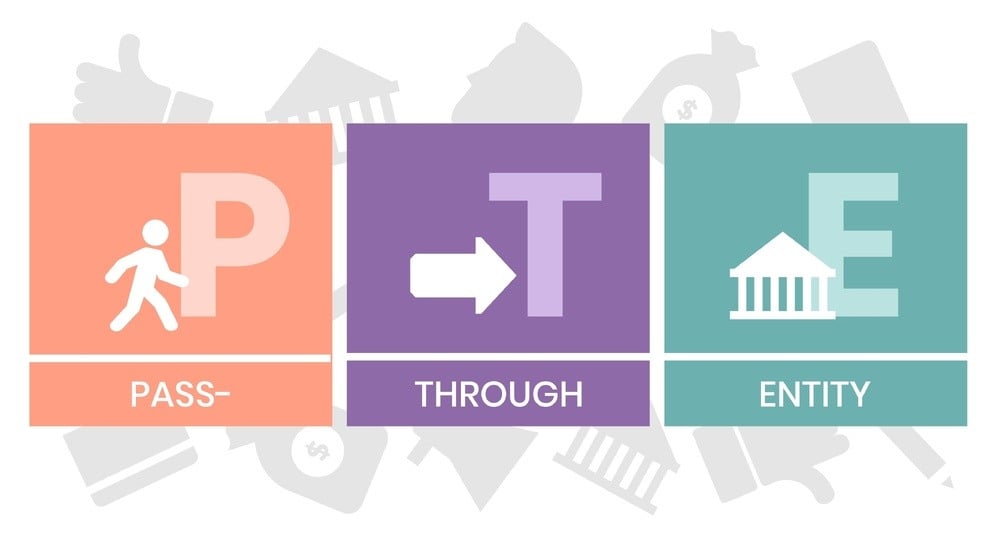Navigating Tax Compliance for State and Local Credits and Incentives
State and local tax (SALT) credits and incentives are valuable tools for optimizing a company’s tax strategy. However, ensuring compliance with these...

As of 2022, approximately 46,500 defined benefit pension plans were active, according to the Employee Benefits Security Administration. While these plans provide essential retirement security for participants, they also carry significant risks for sponsors. Market volatility, economic trends, and fluctuating interest rates all contribute to the challenge of maintaining a well-funded plan.
De-risking strategies, including plan termination and annuity buy-outs, can help sponsors reduce financial exposure while balancing liabilities and assets. With higher interest rates presenting a favorable environment, 2025 could be an opportune time for companies to explore these options.
Interest rates significantly impact pension plans by influencing the valuation of both liabilities and assets. Higher interest rates can reduce the present value of future obligations, making it more cost-effective for sponsors to implement de-risking strategies such as plan termination or participant cash-outs. Conversely, lower rates increase liabilities, driving up costs for plan sponsors.
The sustained rise in interest rates over the past year has presented favorable conditions for pension plan de-risking. By discounting future pension payments at higher rates, sponsors can lower lump-sum payouts or annuitization costs. This creates an attractive window for organizations seeking to mitigate pension-related risks.
Key Considerations for Interest Rate Monitoring:
Plan termination is a complex decision requiring careful analysis and long-term planning. The process often spans a year or more and involves navigating regulatory approvals, participant communications, and market conditions.
In recent years, many plan sponsors have embraced strategies like group annuity buy-outs to transfer liabilities to insurers. This approach reduces balance sheet volatility and simplifies the ongoing management of pension plans. In 2023 alone, pension plan transfers to group annuity contracts exceeded $45 billion—a clear signal that sponsors are increasingly viewing plan termination as a viable de-risking strategy.
Steps to Consider When Terminating a Pension Plan:
Proactive planning allows sponsors to adapt to economic triggers, ensuring flexibility in decision-making. Early-stage reversals of termination strategies are often feasible, providing additional safeguards for sponsors.
The decision to pursue de-risking strategies depends on a variety of factors, including a plan’s funding status, economic conditions, and the sponsor’s long-term business goals. Higher interest rates and market stability in 2025 may provide a timely opportunity for companies to reassess their pension strategies.
Factors to Evaluate:
Given the complexity of these decisions, engaging with experienced professionals is critical. A strategic partner can provide insights into the financial and regulatory intricacies of de-risking, guiding sponsors toward solutions tailored to their unique circumstances.
How WEI, WEI & CO., LLP Can Help
Navigating complex financial and operational challenges requires a strategic approach and experienced guidance. At WEI, WEI & CO., LLP, we provide tailored advisory services to help organizations streamline processes, mitigate risks, and achieve their goals.
Visit our Management Advisory page to learn how WEI, WEI & CO., LLP can support your organization’s growth and operational efficiency.

State and local tax (SALT) credits and incentives are valuable tools for optimizing a company’s tax strategy. However, ensuring compliance with these...

Every accounting firm has a unique personality with different advantages and drawbacks. A major factor contributing to each firm’s particular culture...

Pass-through entities—including partnerships, S corporations, and LLCs—offer unique tax advantages but also face distinct challenges due to their...